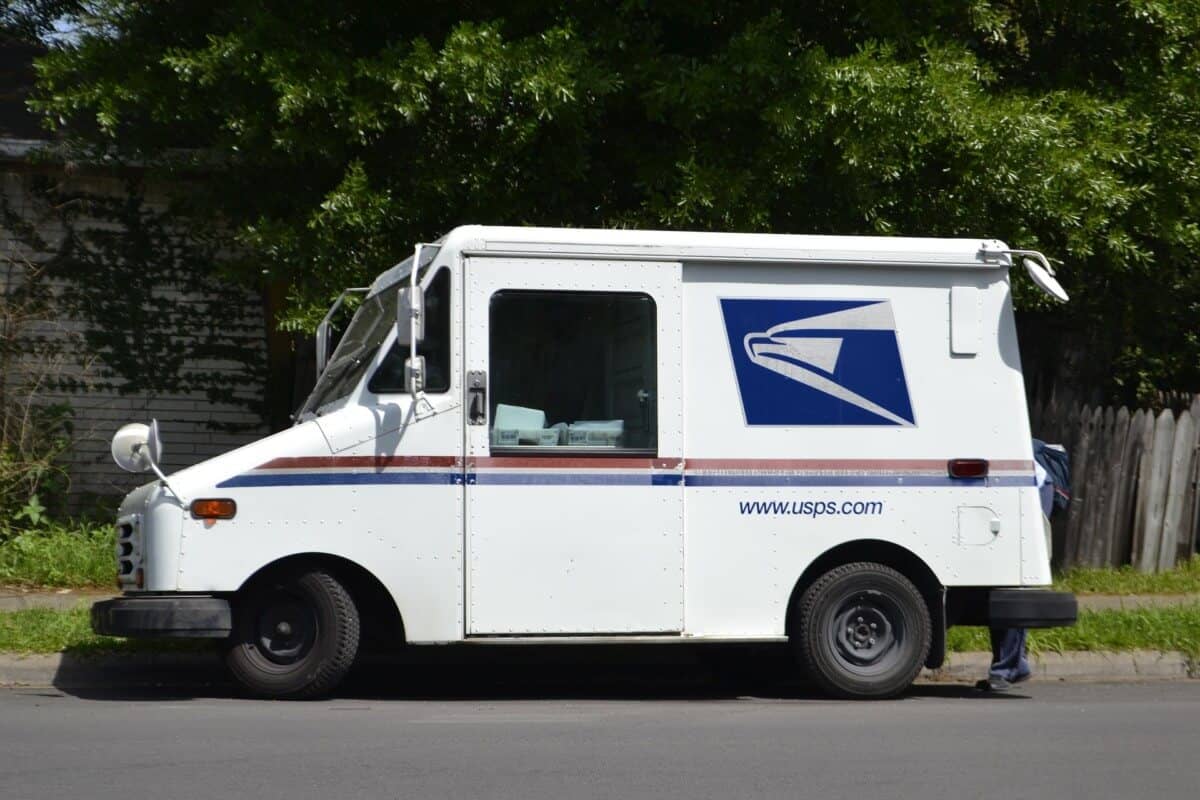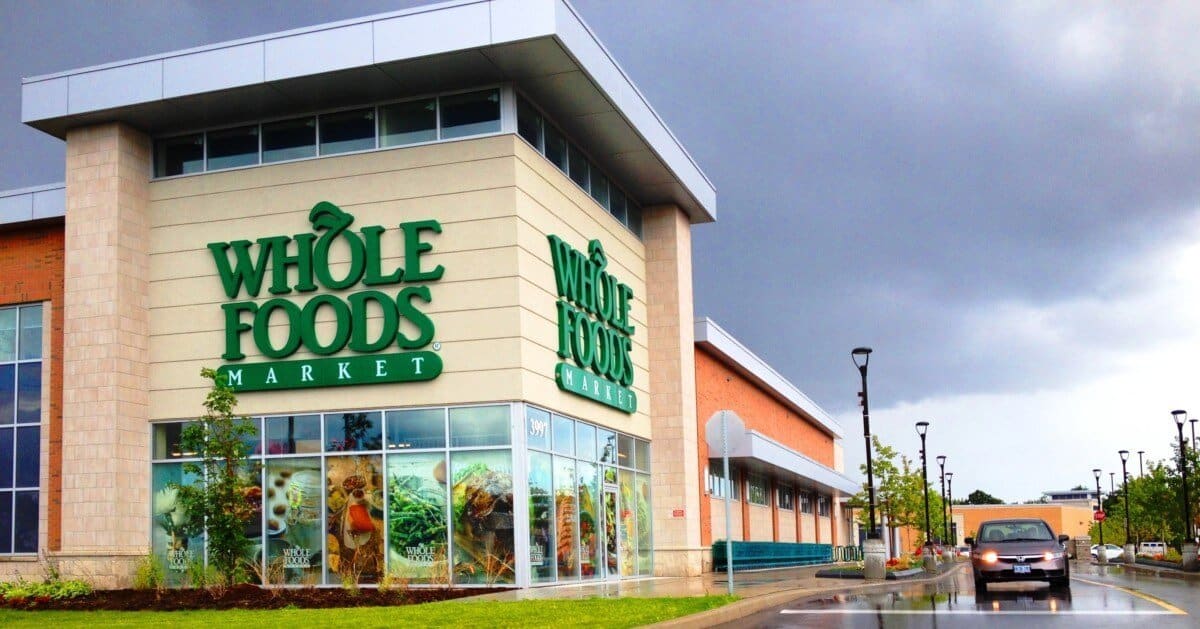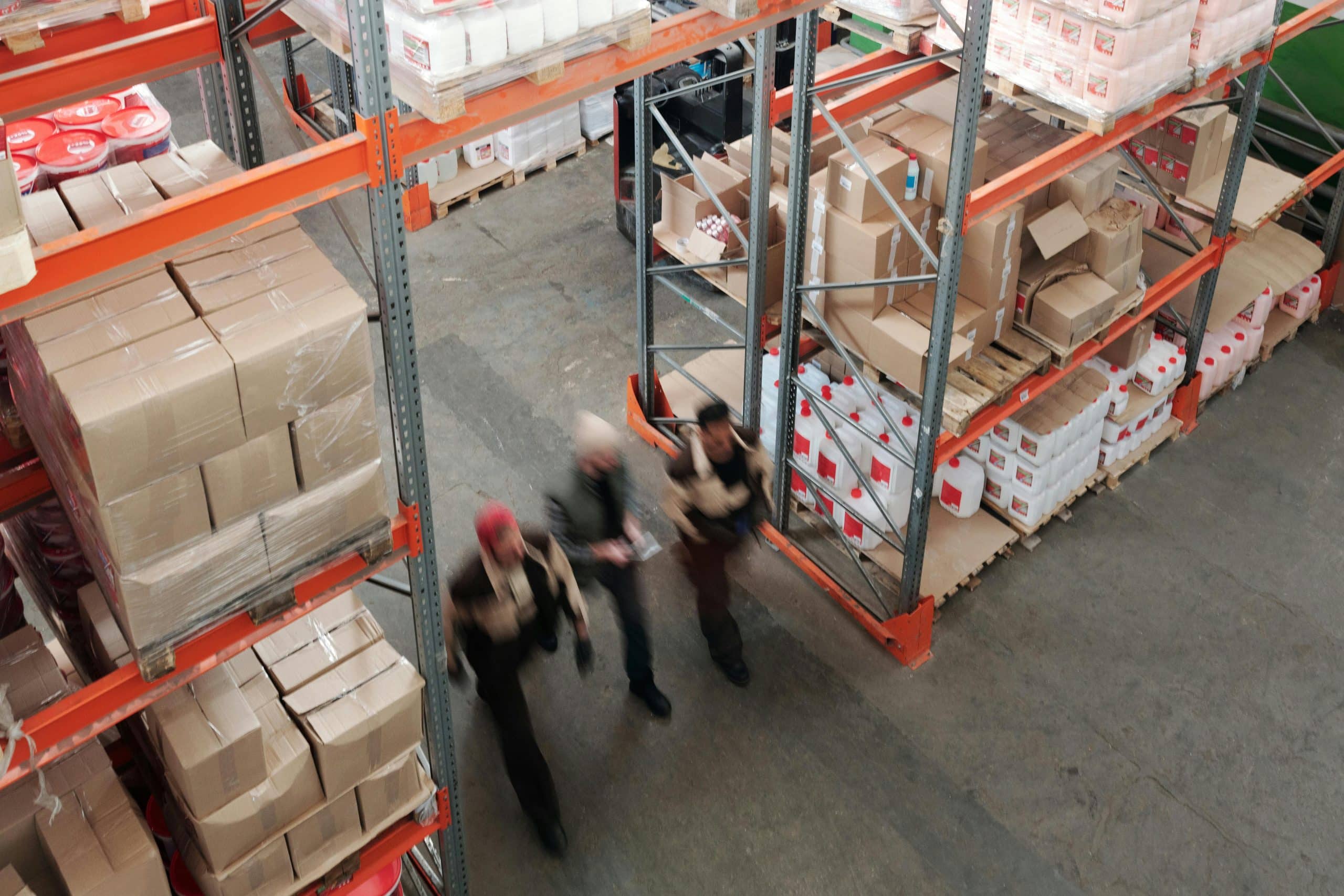The Amazon supply chain is the secret behind the retail giant’s growth.
It should be no surprise that Amazon’s influence on eCommerce is staggering. Over the past decade, Amazon’s net sales have grown 20.5%, and the retail giant shows no signs of slowing down.
But how did Amazon become the eCommerce leader in only 25 years? One of their secrets is in the supply chain. Amazon has proved they’re the master of retail logistics, creating an efficient supply chain to support the myriad of products sold on the platform.
As an eCommerce seller, it’s essential to understand Amazon’s effective supply chain and how they can deliver items in only a short time frame to consumers.
Here’s everything you need to know about Amazon supply chain management.
The Main Parts of the Amazon Supply Chain
The Amazon supply chain strategy works because there are two main parts of their system: their fulfillment centers and distribution for Amazon. Here’s a deeper look into both and why these components are critical to the supply chain’s success.
Fulfillment Centers
Amazon’s unique warehouses are called fulfillment centers. There are over 100 fulfillment centers globally, and Amazon concentrates many of them in major metropolitan areas.
These warehouses are integral not only to the Amazon supply chain model but also to their customer satisfaction.
Amazon delivers 1.8 billion packages to Prime members using next-day or even same-day shipping speeds. Their numerous fulfillment centers are the reason they have such an expedited delivery process.
In addition, Amazon is only growing its reach globally. For example, the retail giant is opening more European warehouses, so more EU customers can enjoy the benefits of Amazon Prime and fast shipping.
Delivery Fleets
The other reason why Amazon fulfills orders quickly is how they have their own delivery fleet. The Amazon global supply chain boasts various transportation options, delivery partners, and other fulfillment allies, which helps them keep up with their delivery demands. While we don’t know the exact number of packages that Amazon delivers in a day, we know they’re now delivering more parcels than both FedEx and UPS.
In addition to Amazon’s vans and trucks, they also utilize air cargo. From September 2022 to February 2023, Amazon Air’s flights have increased by a third. This is essential to meet the one and two-day delivery speeds that are integral to the Amazon supply chain.
Amazon continues to innovate its delivery fleets. For example, retail leaders are investing in drone deliveries, where drones will drop off small parcels in as little as 30 minutes after ordering.
Related content: USPS Sunday Delivery for Amazon Sellers
Case in Point: Whole Foods
When Amazon acquired Whole Foods in June of 2017, it wasn’t just about finally being able to expand into the grocery sphere. It was a tactical move, as is everything with Amazon.
Amazon supply chain expertise is just what Whole Foods needed to become exceedingly more profitable. One of the grocery chain’s biggest problems was holding too much inventory onsite. They wanted to have everything a customer would possibly ask for on hand, but it just slowed everything down.
Amazon implemented the Just-In-Time inventory management system at Whole Foods, making the whole process leaner. Moreover, it has freed up a lot of physical space. This could at least partially fill the need for forward warehouses as Amazon builds out a more profitable home delivery network.
How the Amazon Supply Chain Works
Now that you know the critical components of the Amazon supply chain process, how do parcels go from the fulfillment centers to your customers’ homes? Here are the steps that occur after a consumer purchases a product.
Receive the Items
The first step in the Amazon supply chain is receiving products from sellers. If a merchant uses fulfillment by Amazon (FBA), they will ship their items to fulfillment centers.
Once your items arrive at the fulfillment center, the employees will check your items in and will store them.
Storing Products
The way products are stored is also vital to the Amazon supply chain. After Amazon employees check in your items, they will store them at their warehouse.
Amazon staff will track your inventory and will notify you when you receive a sale. Amazon also labels and preps your items for shipment, so sellers just sit back and focus on their store.
Quality Assurance
Amazon tracks quality assurance for various reasons. Since Amazon has a large-scale supply chain, this step is integral to ensure customers receive the correct item.
In their warehouse, they will take measures to ensure items are properly labeled and stored in the correct place. They will also check to confirm the item’s details match what’s expressed on their computers.
Packaging and Shipping
When a customer buys a product, FBA staff will retrieve the item and will scan it for shipment. From here, they pack it and print out all shipping labels and tags that meet all label requirements.
Once Amazon employees make the package ready for shipping, the item may take one of many journeys–depending on where it’s stored and the customer’s zip code.
Most often, Amazon delivery drivers will haul the parcels in a truck or trailer or load them on an Amazon Air fleet, and the items will be delivered to the fulfillment center closest to its final destination.
Once the packages arrive at the fulfillment center, they’re sorted and assigned to a driver whose route falls within specific zip codes. Amazon may also use partnered carriers for this task. At this point, the item will be out for delivery.
Secrets of Amazon Supply Chain Success
While success is in Amazon’s efficient supply chain processes, they also have many secrets that competitors don’t take advantage of. Here are the secrets to the Amazon supply chain.
Technology
Amazon has always embraced technology to make their company more innovative. They offer robotic solutions, such as automation, for many strategies such as inventory and sales management. This not only ensures more efficiency but they also save costs, which results in cheaper prices for the consumer.
On the consumer end, Amazon has always been at the forefront for customer technologies. The app is especially a favorite for consumers, who can order products and track deliveries from one place. That’s why 98.07 million people access the Amazon shopping app monthly.
The Amazon app also has an advanced algorithm, remembering items a customer ordered in the past and recommending similar products to those same buyers.
In addition, Amazon continues to stay ahead of the curve in terms of technological innovations. For example, implementing drone deliveries keeps up with the fast delivery demand while separating Amazon from the competition.
Manufacturing
Amazon has many fingers in their manufacturing process. They offer different services for sellers and also sell their own white-label products in various categories.
Amazon also offers different services for various creatives, such as self-publishing for authors and TV/movie streaming on Prime Video.
Amazon also makes its manufacturing versatile. The retail giant sells the latest trending items and tech, keeping their business model innovative and devoted customers coming back.
Amazon also profits with manufacturing while keeping costs low. This helps them price items lower (as we will explain next), increasing profits and keeping customers returning.
Pricing
Amazon’s low prices and free delivery options make it a go-to for numerous consumers worldwide. Prime customers also have access to more savings, such as free expedited shipping and additional deals.
How does Amazon offer low prices while profiting? The key is balancing. Amazon has an incredible pricing strategy where they profit and increase sales for smaller sellers, all while keeping fulfillment and storage costs down.
Understanding the Amazon Supply Chain Is Important for E-Commerce Businesses
Amazon arguably had the biggest impact on modern eCommerce. While there are many reasons for their influence, we can largely thank the Amazon supply chain.
Amazon’s supply chain is both simple and efficient, but they invest in the latest technology, take advantage of manufacturing, and keep their prices low. All of this benefits both sellers and buyers, and Amazon stays at the head of its game.
As an eCommerce seller, it’s vital to understand how Amazon’s supply chain works–especially if you’re a new seller. But there’s still a lot you need to learn about the eCommerce game. With our New to AMZ service, we can support you in different ways to grow your business on Amazon.
Click here to get started.
Author









